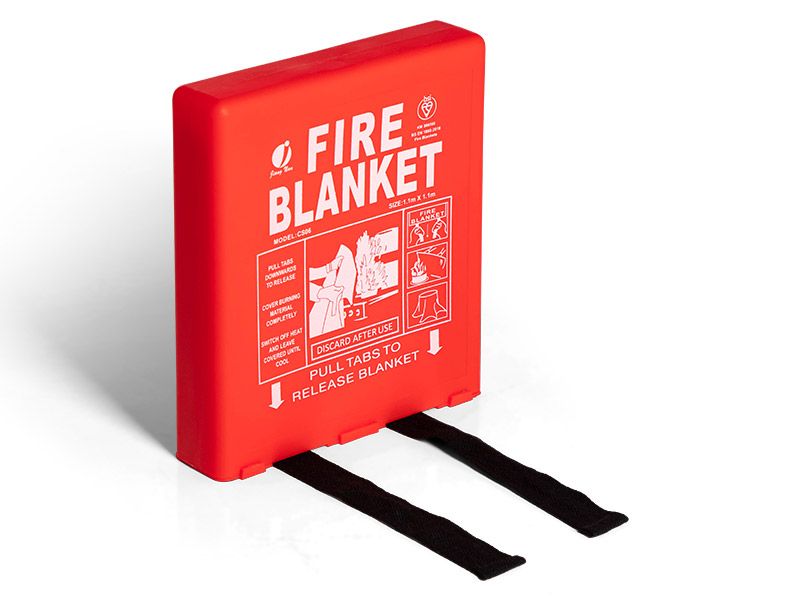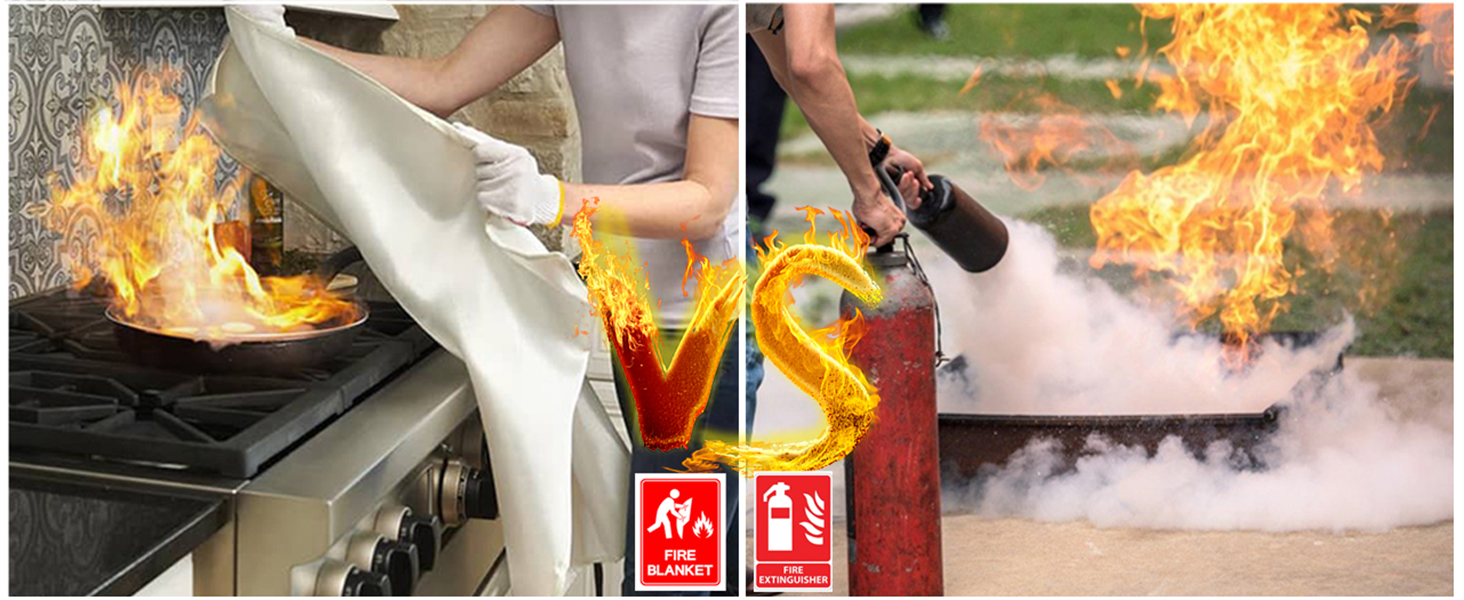Red Blanket Fire 2017: Causes, Impact, and Wildfire Prevention Lessons
Summary:The Red Blanket Fire 2017 burned 1,200 acres in Oregon's Rogue River-Siskiyou National Forest. This article explains its causes, ecological effects, and the wildfire prevention lessons learned from this significant event.
What Was the Red Blanket Fire 2017?
You might remember the Red Blanket Fire as one of southern Oregon's notable wildfires in 2017. Starting on July 15 near Prospect, this human-caused fire burned for weeks before containment. It threatened homes, closed popular recreation areas, and required significant firefighting resources.
How the Red Blanket Fire Started
The Red Blanket Fire 2017 began from an abandoned campfire - a preventable cause that accounts for 85% of wildfires in the region. Dry conditions, high temperatures (over 90°F), and afternoon winds created perfect conditions for rapid spread. Within 24 hours, it grew from 5 acres to 300 acres.
Firefighting Challenges
Firefighters faced three main challenges with the Red Blanket Fire:
- Steep terrain:The fire burned in the rugged Cascade-Siskiyou region with slopes up to 60% grade
- Limited access:Few roads made direct attack difficult
- Fuel types:Mixed conifer forests with heavy deadwood from previous droughts

Crews used aerial drops and created containment lines instead of direct attacks for safety.
Ecological Impact
The Red Blanket Fire 2017 created a mosaic burn pattern - some areas burned intensely while others saw low-intensity fire. This actually benefited the ecosystem by:
- Clearing dense underbrush that fuels megafires
- Releasing nutrients into the soil
- Creating habitat for fire-adapted species
Botanists later documented increased wildflower diversity in burned areas.
Lessons Learned
The Red Blanket Fire taught valuable wildfire prevention lessons:
- Campfire education:Oregon increased "Drown, Stir, Feel" campaign funding by 40% after 2017
- Early detection:New fire lookout towers were added in high-risk areas
- Fuel management:The Forest Service expanded prescribed burns near recreation sites
How You Can Prevent Similar Fires
Based on Red Blanket Fire 2017's lessons:
- Always completely extinguish campfires (use water, not dirt)
- Check local fire restrictions before outdoor activities
- Report smoke immediately by calling 911
- Support prescribed burn programs in your community
Current Forest Conditions
Today, the Red Blanket Fire area shows healthy regrowth. Younger trees dominate burned areas, while surviving old-growth pines show fire scars. The area reopened for hiking in 2019 with new educational signs about fire ecology.
Why the Red Blanket Fire Matters Today
The Red Blanket Fire 2017 represents a turning point in Oregon's wildfire management. Its preventable cause and challenging suppression highlight why public education and forest management matter. As climate change increases fire risks, these lessons become even more critical for protecting western forests.






